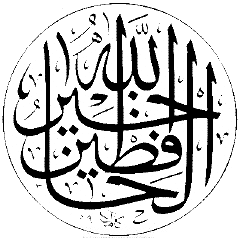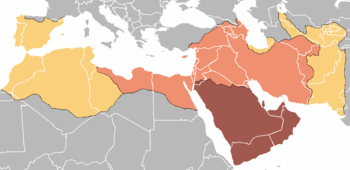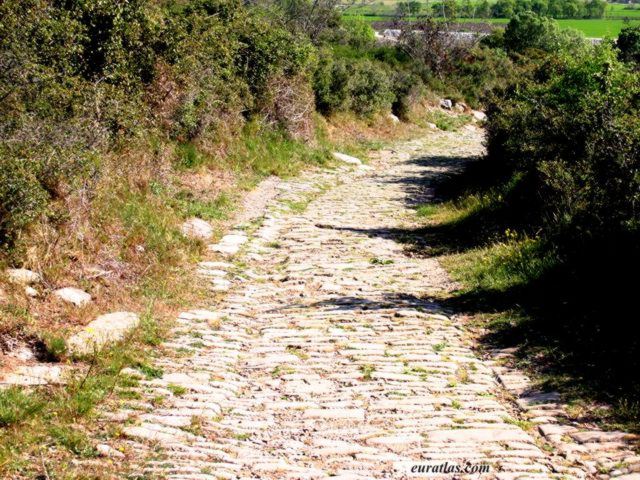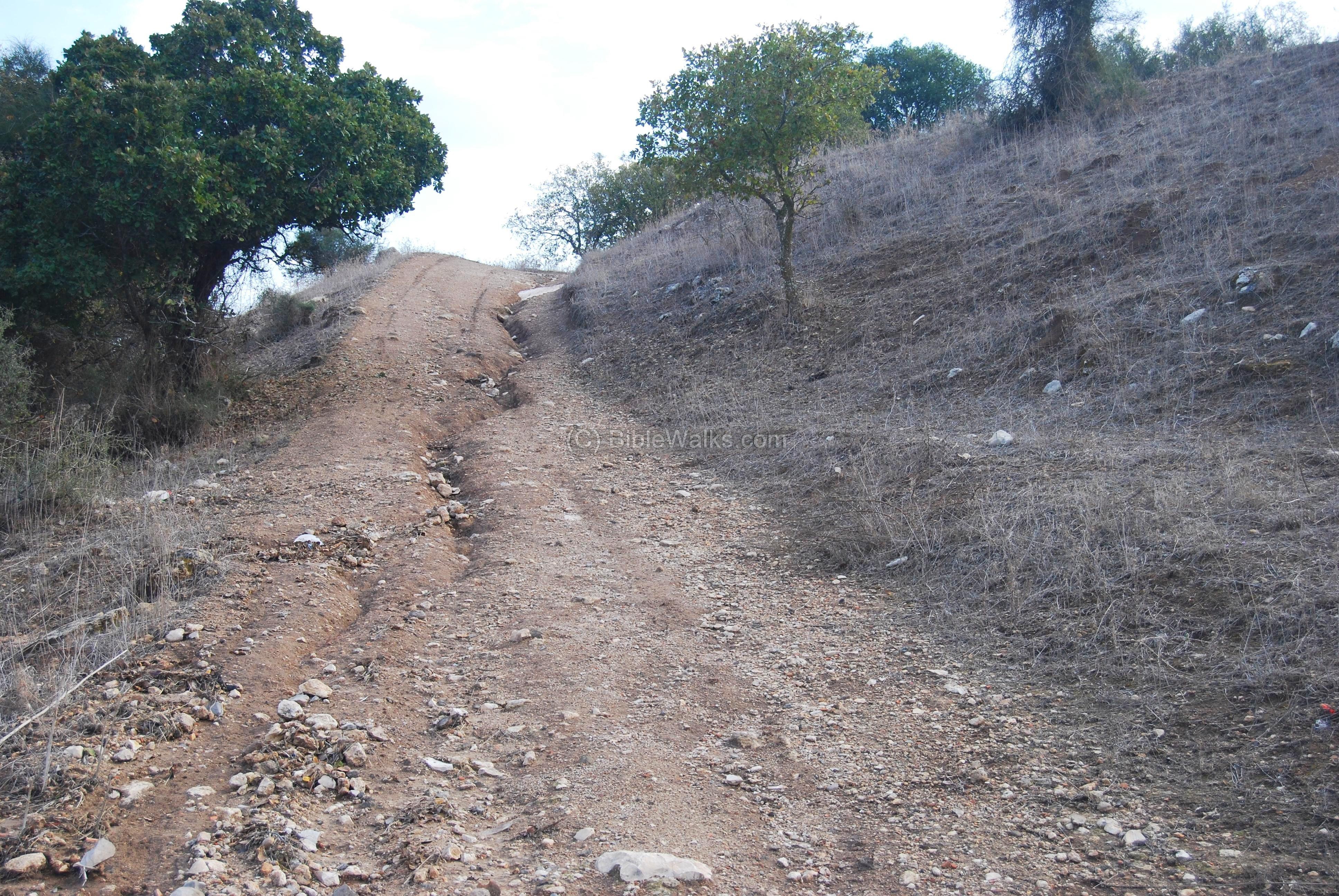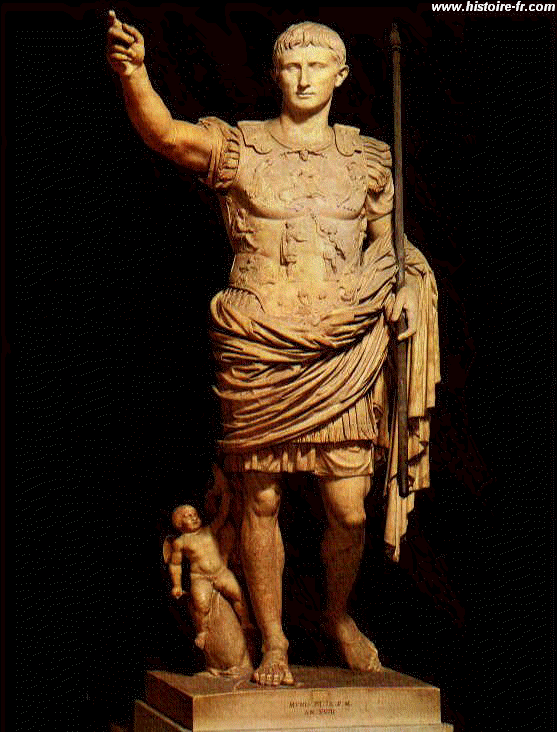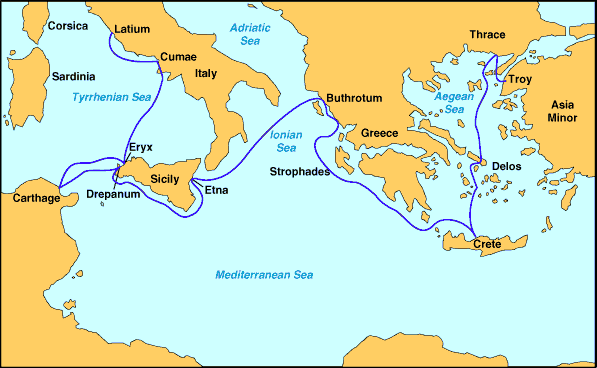 The Reformation took place because of Martin Luther's reaction to the indulgences, which caused many people to turn from the teachings of the Roman Catholic Church. Martin Luther spoke out and taught against the indulgences(Koenigsberger64), and eventually nailed the 95 thesis on the church door.
The Reformation took place because of Martin Luther's reaction to the indulgences, which caused many people to turn from the teachings of the Roman Catholic Church. Martin Luther spoke out and taught against the indulgences(Koenigsberger64), and eventually nailed the 95 thesis on the church door.The indulgences were sold in order to get money to rebuild Saint Peter's Church. They were purely based on good works, and were sold with the lie that if you bought one, you would get out of purgatory, or whoever you bought and indulgence for would get out of heaven. One of the men hired by Pope Leo X to sell these indulgences, was Johan Tetzle. However, not everyone bought this lie.
The monk and professor at the university in Wittenberg, Marin Luther, disagreed with the idea of the indulgences. Luther believed, and taught, that you can only be saved by believing in Christ Jesus. This was problematic for pope's position, because if you didn't need anybody to intercede for you for salvation, the pope would not have such a high position (Koenigsberger 64). The 95 thesis was Martin Luther's response to the indulgences (Graham-Dixon 207).
Martin Luther nailed the 95 thesis to the door of the Castle Church on October 31, 1517. Then in 1521, Martin Luther was brought to the Diet of Worms Council. However, the 95 thesis were copied by the printing press and was translated into the German language from the Latin it was written in.
The main cause of the Reformation was Luther's reaction to the indulgences sold by the church. Martin Luther's strong disagreement and objection to the indulgences was expressed through his teaching (Koenigsberger 64), and on October 31, 1517, when he nailed the 95 thesis to the church door.
Graham-Dixon, Andrew. Renaissance. BBC Worldwide Ltd, 1999.
Koenigsberger, H.G. Early Modern Europe 1500-1789. Longman Inc; NewYork, 1987.










